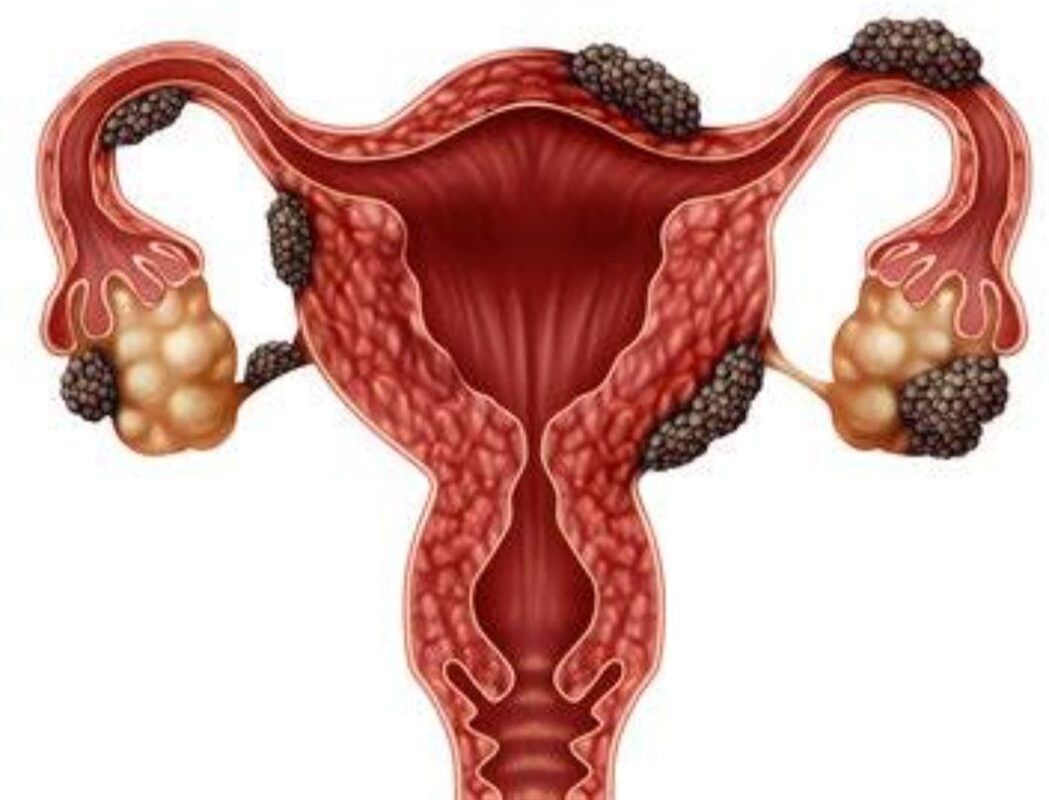What is Endometriosis: Causes and Treatment
Endometriosis is a chronic condition where tissue similar to the lining of the uterus grows outside the womb, commonly causing pain and fertility issues. This abnormal growth can affect various organs within the pelvic region, including the ovaries, fallopian tubes, and pelvic lining. Despite affecting approximately 1 in 10 women of reproductive age worldwide, the exact cause of endometriosis remains elusive, making diagnosis and treatment complex.
Causes
While the exact cause of endometriosis is not fully understood, several theories have been proposed by researchers:
- Retrograde Menstruation: One of the most widely accepted theories suggests that during menstruation, some of the menstrual blood containing endometrial cells flows backward through the fallopian tubes into the pelvic cavity, where they implant and grow on pelvic organs.
- Embryonic Cell Transformation: Another theory proposes that hormones such as estrogen may transform embryonic cells into endometrial-like cell implants during puberty.
- Immune System Disorders: Dysfunction of the immune system could result in the inability to recognize and destroy endometrial-like tissue growing outside the uterus.
- Genetic Factors: Endometriosis tends to run in families, suggesting a genetic predisposition to the condition. Certain genetic mutations may increase susceptibility to developing endometriosis.
Symptoms:
The symptoms of endometriosis can vary from mild to severe and may include:
- Chronic pelvic pain
- Painful periods (dysmenorrhea)
- Pain during or after sex
- Heavy menstrual bleeding
- Infertility
- Fatigue
- Gastrointestinal issues such as diarrhea, constipation, or bloating, especially during menstruation
Diagnosis:
Diagnosing endometriosis can be challenging as symptoms can mimic those of other conditions. Diagnosis often involves a combination of medical history review, pelvic examination, imaging tests (such as ultrasound or MRI), and sometimes laparoscopic surgery to visually confirm the presence of endometrial implants.
Treatment:
While there is no cure for endometriosis, several treatment options are available to manage symptoms and improve quality of life:
- Pain Medication: Over-the-counter pain relievers such as ibuprofen or prescription-strength medications can help alleviate pelvic pain and discomfort.
- Hormonal Therapy: Hormonal medications, including birth control pills, hormonal IUDs, or gonadotropin-releasing hormone (GnRH) agonists, can help regulate the menstrual cycle and reduce the growth of endometrial tissue.
- Surgery: In cases where symptoms are severe or fertility is affected, surgery to remove endometrial implants and scar tissue (laparoscopic excision surgery) may be recommended. In some instances, a hysterectomy (removal of the uterus) with or without removal of the ovaries may be necessary.
- Lifestyle Changes: Adopting a healthy lifestyle, including regular exercise, a balanced diet, and stress management techniques, can help manage symptoms and improve overall well-being.
Conclusion:
Endometriosis is a complex and often debilitating condition that affects millions of women worldwide. While the exact cause remains unknown, early diagnosis and appropriate management can significantly improve symptoms and quality of life for those affected. Research into the underlying mechanisms of endometriosis continues, offering hope for more effective treatments and ultimately, a cure. In the meantime, raising awareness, advocating for better healthcare, and supporting individuals living with endometriosis are essential steps towards improving outcomes for those affected by this condition.

